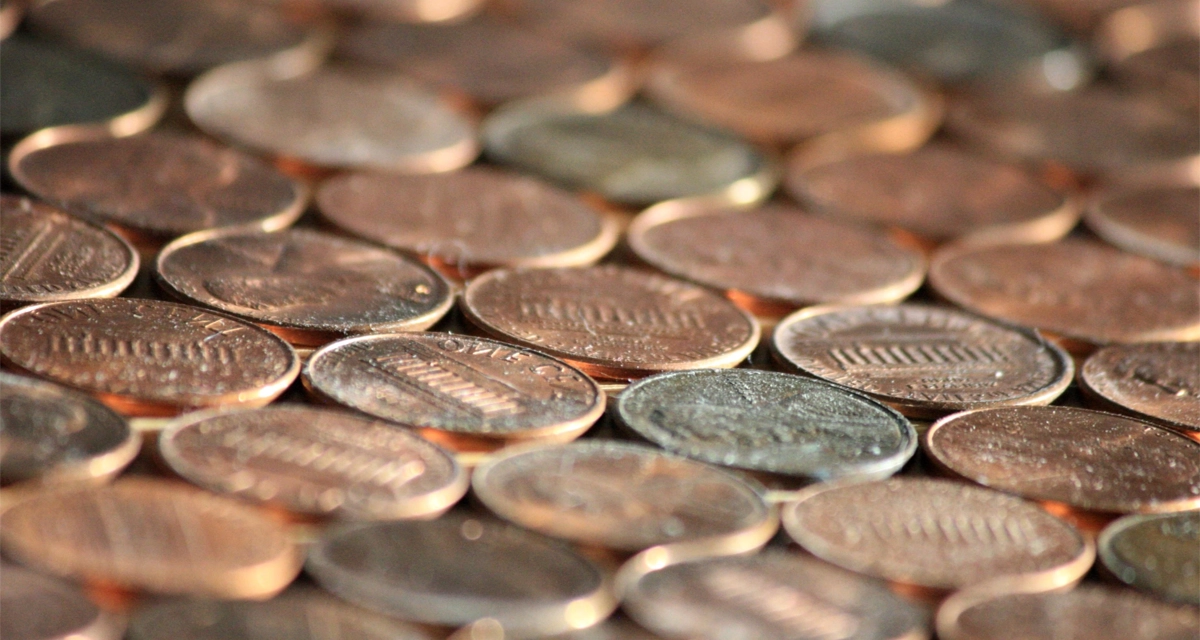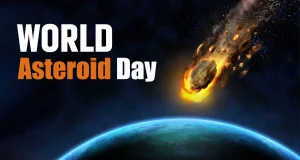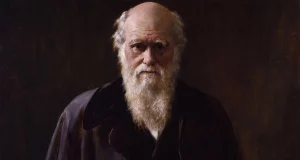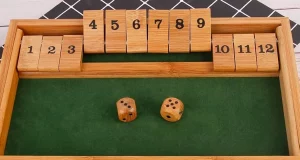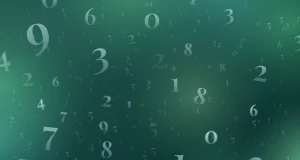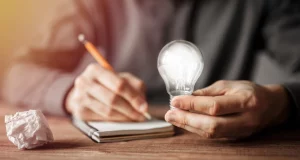Over the past centuries we have seen many physical aspects of money change. In some societies, coins were very small in size. Like the stater that was in circulation in Arados, Phoenicia. But in some societies, they had very large sizes, such as the thaler, a piece of Swedish copper in the seventeenth century. Although today we see coins in the shape of a circle, but in the past there were coins in different types and shapes. They produced different They also minted coins from various non-metallic materials such as wood, leather, or even porcelain.
Chinese coins were produced in Germany. The production of these Chinese coins was due to the fact that Germany was in a difficult economic situation at that time, which was caused by successive wars in that country. Therefore, the government started to produce Chinese coins.
Metal coins were moved in large volumes or in bags, or holes were made in them, or they were thrown into threads.
Needless to say, it was very difficult to move the metal coins. Therefore, people started looking for making paper money little by little. With the invention of paper money, people no longer had the problems of transporting money or the high cost of producing money from metal. The cost of producing money dropped and it became dramatically easier for people to transport it.
Banknotes were originally rectangular in shape, although their sizes could vary.
Some of the notes were in the form of squares and others were in the form of inscriptions in which there were writings vertically.
Banknotes reflect the culture of the issuing country. As possible, in the design of these banknotes, specific and interesting motifs such as specific landscapes in a country, different human races existing in that country, native animals and plants of a country, ancient and contemporary architectural monuments, political leaders and historical scenes and wars and see etc.
In addition, some banknotes have inscriptions that are usually in the official language of the country that produced them. Although there are several cases of banknotes in which the terms of other languages are used, but the purpose of these inscriptions is that, for example, English language is used in them. The purpose of producing these banknote inscriptions is that more people have the ability to read these pieces.
Evolution of the monetary system
A set of coins and bills used in the economic and monetary system of the country is called the monetary system of that country. This system has a proper law that is regulated and consists of a currency whose base value is organized and controlled by governments.
Currently, almost all countries use a centesimal-based monetary system. In this system, the coin that divides the unit represents one hundredth of its real value.
Typically, higher amounts of money are represented by bills and lower amounts are produced in the form of coins. The daily trading process in the world is such that coins are used as daily purchases or daily trading. Because these coins are made of metal alloys and are more durable than banknotes, and thus they can be moved daily among people and suffer less damage in terms of appearance and material.
Countries usually guarantee and control the issue of money and coins through their central banks. In order to maintain health points, usually a collection of banknotes and coins in circulation that have so-called monetary crime are renewed and controlled through health processes and replacement of worn and damaged banknotes.
checks
Since coins and bills could no longer be converted into precious metal, which could be used for large transactions or large purchases and sales. Money became more immaterial and took an abstract form. Another form of money is check, which was used by a large number of people due to its ease of use and security. So that a large number of people in society use them in their daily activities. These checks are documents in which a specific amount is written on the check by the person who holds it and transferred to other people whose names are registered on the check.
Electronic money
Mostly transactions with bank deposits are done by checks. Little by little, experts, economists and governments came to the conclusion that for more security as well as better health and the costs that governments had to bear in front of the production of banknotes or coins, they should start producing credit cards.
These credit cards take money out of the form of metal or bills and checks in the form of credit cards with very high security systems, as a result of which the governments do not suffer from the losses caused by the production of banknotes, and that they are not able to maintain the trees and More measures should be taken for the environment and health.
With the significant progress of science and the entry of money into the electronic field, economic experts gradually made money into a new form and type so that economic activities can be carried out through electronic means and online payments.
These online payments have led to the emergence of electronic and virtual money in recent years, which has surprised us a lot. To the extent that it is possible in the coming years, we will see the possibility of removing some valuable monetary units of the world.
In any case, money in any form or gender has no special value by itself. Rather, we give value to money by buying and selling the goods and services we may purchase with it. We can consider this as a kind of security that gives the bearer of money the ability to be a creditor to the society and use all the conquests of modern man through his purchasing power.
With the passage of time and the development and evolution of technology, digital currencies, which are a special form of digital money, were created based on the science of cryptography. Some of these digital currencies use blockchain to have basic features such as decentralization and transparency and immutability. The decentralization of digital currencies means that no institution or group or organization controls them.
Digital currencies can be transferred directly, without the intervention of any intermediary, such as opening a bank account or using the services of banks or any other organization or intermediary, on the Internet to another person’s account.
In general, we can say that money throughout history, in whatever form it was and evolved, was not a human invention. In other words, money was not invented in principle, but the production of money originated from a need, and over the centuries and years of its evolution, it has shown that humans have to coordinate their monetary instruments with the economic realities in their society, and according to the economic needs and The conditions of society at any time, the form of money and its uses and value have changed.
